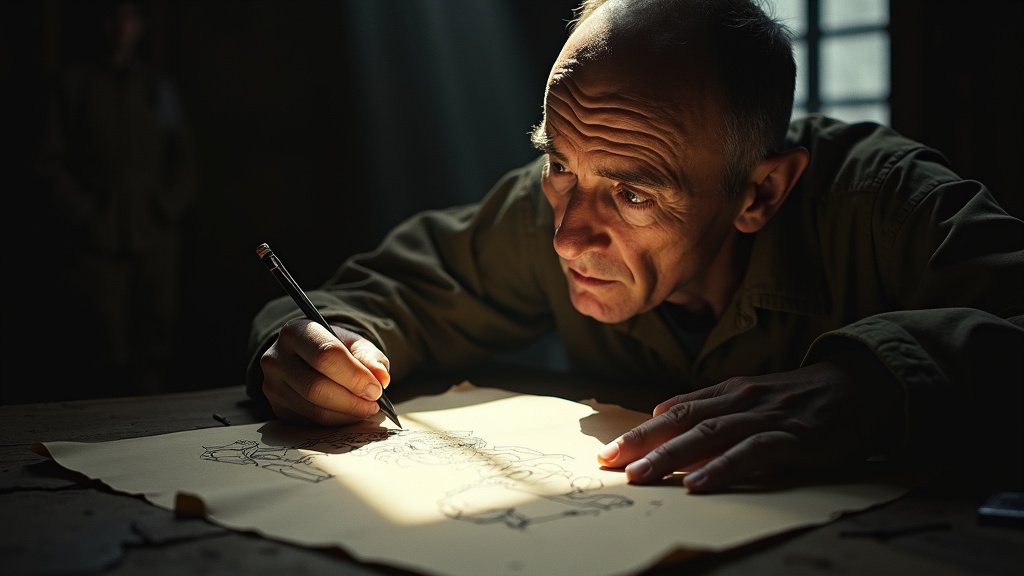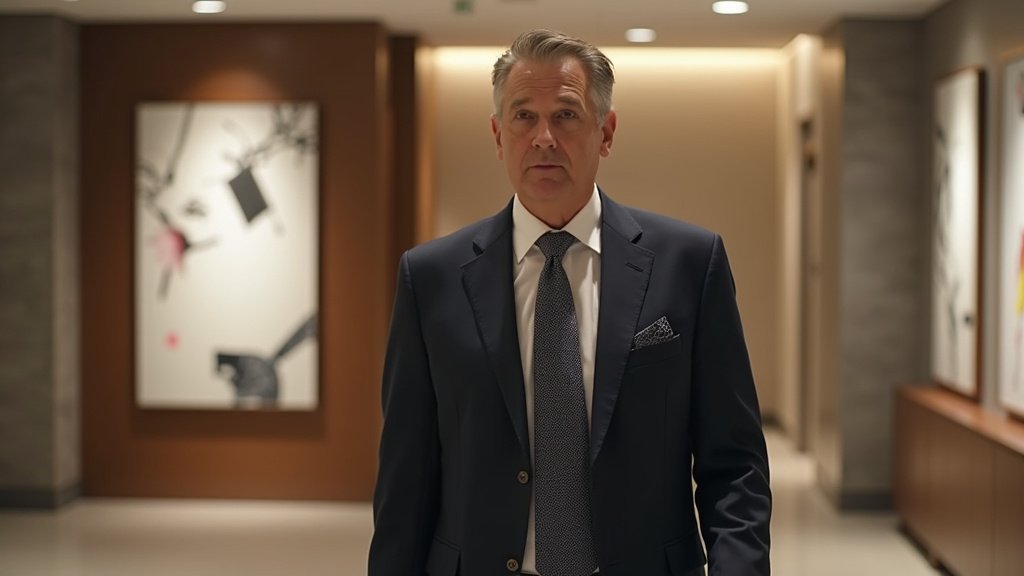During the grim theater of World War II, in countless prisoner of war camps scattered across the globe, the human spirit was tested to its absolute limits. Yet, in some unlikely corners, amidst unimaginable suffering, acts of profound courage emerged not from overt defiance, but from quiet, creative expression. This news offers a poignant glimpse into one such place: the Japanese Mukden POW Camp, located in Shenyang, Liaoning province, where Allied prisoners of war harnessed the power of art as a means of both fierce resistance and vital coping.
The Crucible of Captivity: Mukden POW Camp
Life within the confines of the Japanese Mukden POW Camp was a daily battle against despair. Prisoners faced brutal realities, including rampant diseases, the constant threat of violence, and the crushing psychological toll of captivity. Stripped of their freedom, dignity, and often their health, these Allied servicemen found themselves in a desperate struggle for survival. Yet, even under such harrowing conditions, some individuals refused to let their spirits be entirely broken. They understood that the mind, too, needed a battleground, and for a select few, that arena became the blank page.
William C Wuttke: A Brushstroke of Levity Amidst Hell
Among the brave souls who chose art as their weapon was William C Wuttke, an Allied prisoner whose extraordinary dedication left an indelible mark on the camp’s history. Wuttke, with remarkable resilience and an unwavering commitment to truth, created nearly 100 cartoons during his incarceration. These were not mere doodles; they were incisive, poignant, and often darkly humorous depictions of the brutal realities of camp life. Through his artistic lens, Wuttke found moments of levity even in the profound depths of suffering, transforming shared misery into a form of communal catharsis. His work became an essential tool for preserving sanity, not just for himself, but for those around him who recognized their own experiences reflected in his candid sketches. Wuttke’s cartoons served as a silent chronicle, documenting the injustices and absurdities of their situation, ensuring that their experiences would not be forgotten.
Collective Creativity: Pinson and Fortier’s Indelible Marks
Wuttke was not alone in this artistic rebellion. Other Allied prisoners, including Barton Franklin Pinson and Malcolm Vaughn Fortier, also took up pencils and paper, contributing their own unique perspectives to this underground archive. Pinson and Fortier, driven by the same spirit of defiance and a deep-seated need to document their existence, meticulously captured the nuances of camp life through their drawings. Their collective efforts underscored a powerful truth: that creativity could defy the harsh conditions, the ever-present threat of disease, and the insidious psychological warfare waged by their captors. This shared artistic interest created a powerful, albeit subtle, counter-narrative to the official version of their captivity, serving as a vital form of self-expression in a world where almost everything else was controlled.
A Quiet Rebellion: Art as Endurance and Empowerment
For these men, art was far more than a pastime; it was a profound act of defiance. Every stroke of the pencil, every carefully chosen detail, was a quiet assertion of their humanity and a rejection of the dehumanizing forces surrounding them. Their drawings became a potent, visual diary of their ordeal, a testament to their resilience. It was a means to endure the profound horrors of the POW camp, offering a psychological escape and a way to process the trauma they were experiencing. These compelling works of art provided solace, fostered camaraderie, and reinforced the will to survive, demonstrating how ingenuity can make a huge difference in the most desperate circumstances. The power of their collective spirit, channeled through this unique field of creative resistance, underscores the enduring human capacity to find light in the darkest of places. This fascinating news about people making a huge difference, even in confinement, continues to inspire today.
The Echo of Liberation
The artistic records created by Wuttke, Pinson, Fortier, and others at Mukden Camp ultimately served their purpose. Their artistic endeavors helped them to endure the horrors of the POW camp until their eventual liberation in August 1945. These remarkable works of art stand as powerful historical documents, offering an intimate and unvarnished look into the lives of prisoners during World War II. They are a timeless reminder that even in the most oppressive environments, the human spirit, when fueled by creativity and an unwavering will, can find ways to resist, to cope, and to preserve a vital part of itself, leaving behind an enduring legacy for public interest.





